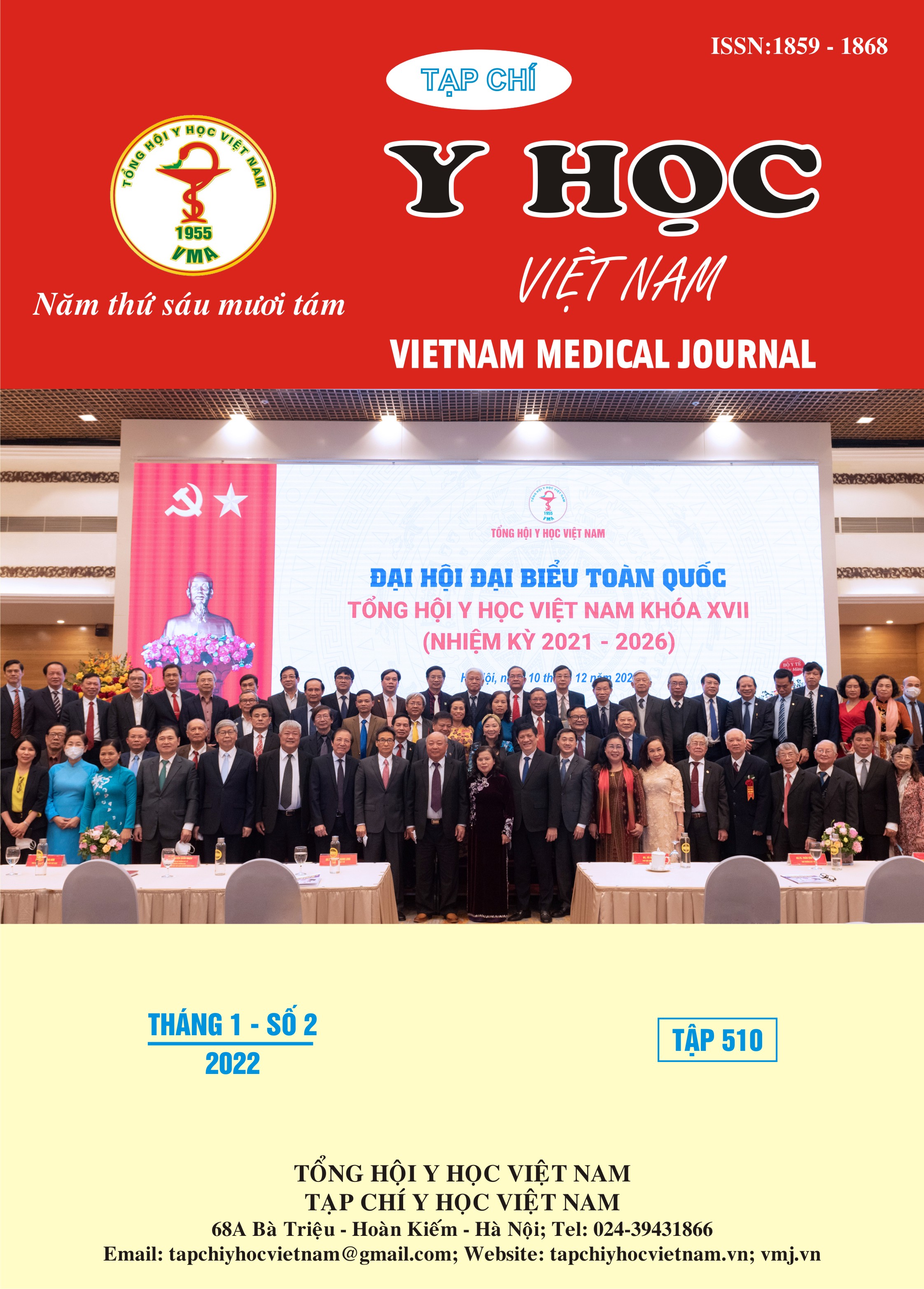EFFECTIVENESS OF ANTIMICROBIAL STEWARSHIP PROGRAM ON THE TREATMENT OF SEPSIS AT THONG NHAT HOSPITAL
Main Article Content
Abstract
Background: Sepsis is a clinical syndrome that results from the dysregulated inflammatory response to infection that leads to organ dysfunction. Appropriate antimicrobial therapy is essential to ensure positive patient outcomes. Objectives: To investigate and compare the antibiotic use, its appropriateness and treatment outcome in patients with sepsis or septic shock before and after implementing an Antimicrobial Stewardship Program (ASP) at Thong Nhat hospital. Methods: A cross-sectional descriptive, before-after study was conducted in patients diagnosed with sepsis or septic shock. Patients were selected in two periods: the pre-ASP group (from January 2018 to June 2018) and the post-ASP group (from October 2019 to March 2020). The appropriateness of antimicrobial therapy was assessed based on National antimicrobial guideline 2015, Thong Nhat Hospital guideline 2019 and The Sanford Guide to antimicrobial therapy 2020. Results: 213 patients, of which107 patients in pre-ASP and 106 patients in post-ASP perioid, were included in this study. Beta-lactam and fluoroquinolone were the two groups indicated with the highest prevalence. The rate of empiric antibiotic appropriateness increased from 49.7% (pre-ASP period) to 63.2% (post-ASP period), p = 0.044. The rates of rational empiric antibiotic use based on antibiogram in the two periods were 43.9% and 41%, respectively, p = 0.752. The rate of positive treatment outcome was 85%. Conclusion: The APS program helped improve the appropriateness of antibiotic use in patients with sepsis or septic shock at Thong Nhat hospital.
Article Details
Keywords
Sepsis, septic shock, treatment, antibiotic
References
2. Moussavi K, Nikitenko V., (2016). “Pharmacist impact on time to antibiotic administration in patients with sepsis in an ED”. The American Journal of Emergency Medicine, 34(11), 2117–2121.
3. Bệnh viện Thống Nhất (2019), Hướng dẫn sử dụng kháng sinh.
4. Bộ Y tế (2015), Hướng dẫn sử dụng kháng sinh.
5. The Sanford Guide (2020), “Sepsis, Adult”, “Shock: Septic, Bacteremic, Endotoxin”, (accessed 8/20/2020).
6. Laine M.E., Flynn J.D., Flannery A.H. (2018) “Impact of Pharmacist Intervention on Selection and Timing of Appropriate Antimicrobial Therapy in Septic Shock”. Journal of Pharmacy Practice, 31(1), 46-51.
7. Lê Thị Kim Nhung, Nguyễn Ngọc Khánh (2014), “Một số đặc điểm lâm sàng và tác nhân gây bệnh nhiễm khuẩn huyết trên người cao tuổi”, Tạp chí Y học, tập 18(3), tr.192 - 197.
8. Yamada K., Imoto W., Yamairi K. et. al. (2019), “The intervention by an antimicrobial stewardship team can improve clinical and microbiological outcomes of resistant gram-negative bacteria”, Journal of infection and chemotherapy: official journal of the Japan Society of Chemotherapy, 25(12), 1001–1006.
9. Page D. B., Donnelly J. P., Wang H. E. (2015), “Community-, Healthcare-, and Hospital-Acquired Severe Sepsis Hospitalizations in the University HealthSystem Consortium”. Critical care medicine, 43(9), 1945–1951.


